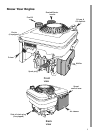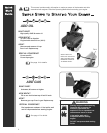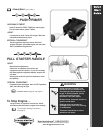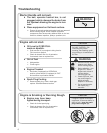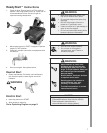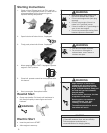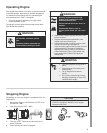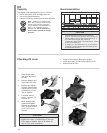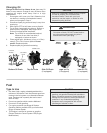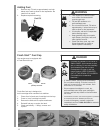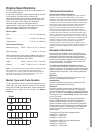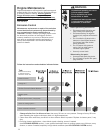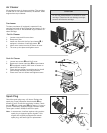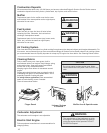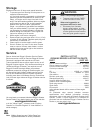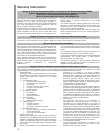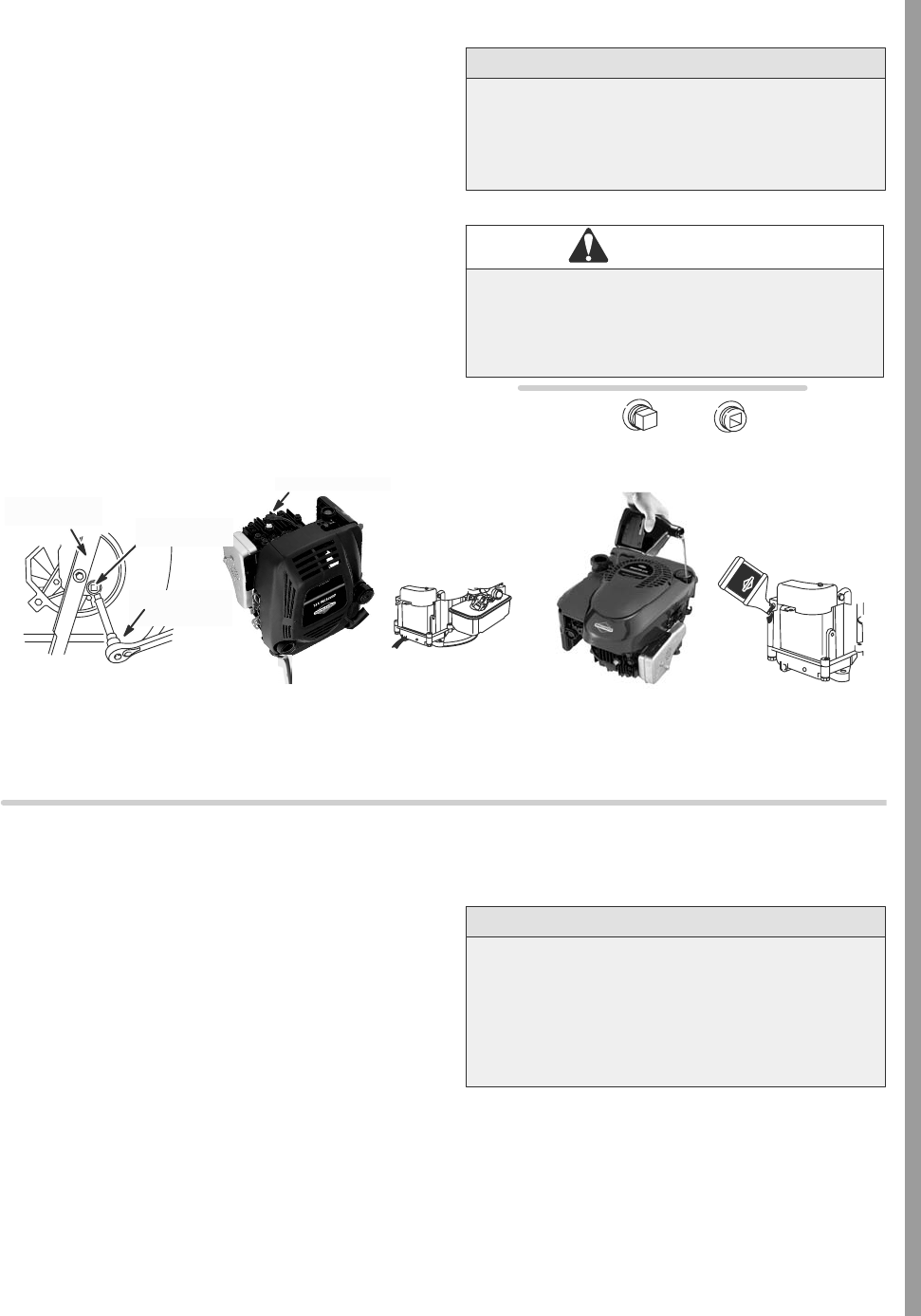
11
Changing Oil
Change oil after first 5 to 8 hours of use, then every 50
hours or every season. Change oil every 25 hours when
operating the engine under heavy load or in high
temperatures.
1. Run engine until it runs out of fuel. Otherwise, fuel
can leak out, creating a fire/explosion hazard,
when you tip engine in Step 4.
2. Disconnect spark plug wire and keep it away from
spark plug.
3. With engine OFF but still warm remove dipstick.
4. Top oil drain, keep spark plug side up. Bottom or
side oil drain (if equipped), keep engine level.
Drain oil into appropriate receptacle.
Note: Top oil drain is recommended method,
however oil can drain from side (if
equipped) or bottom as shown.
5. Place engine level. Add about (18 oz. or 0.5 liter)
new oil. Fill to FULL line on dipstick. Do not
overfill. Replace dipstick.
6. Replace spark plug wire before starting.
Used oil is a hazardous waste product. Dispose
of used oil properly. Do not discard with
household waste. Check with your local
authorities, service center, or dealer for safe
disposal/recycling facilities.
CAUTION
On bottom oil drain, DO NOT rotate blade or
any other parts unless spark plug wire is
disconnected from spark plug.
DRAIN
PLUGS
PIPE
3/8”
SQUARE
WARNING
RATCHET
AND
EXTENSION
CUTTING
BLADE
OIL DRAIN
PLUG
Low Oil Fill
(if equipped)
High Oil Fill
(if equipped)
Side Oil Drain
(if equipped)
Top Oil DrainBottom Oil Drain
SPARK PLUG
Fuel
Type to Use
• Use clean, fresh, regular unleaded gasoline with a
minimum of 85 octane. Fresh fuel prevents gum from
forming in the fuel system or on essential carburetor
parts. Purchase fuel in quantity that can be used
within 30 days.
• Do not use gasoline which contains Methanol.
• Do not mix oil with gasoline.
• For engine protection use Briggs & Stratton
Gasoline Additive available from your Authorized
Briggs & Stratton Dealer.
• This engine is certified to operate on gasoline.
Exhaust Emission Control System: EM (Engine
Modifications).
Some fuels, called oxygenated or reformulated
gasoline, are gasoline blended with alcohols or
ethers. Excessive amounts of these blends can
damage the fuel system or cause performance
problems. If any undesirable operating
symptoms occur, use gasoline with a lower
percentage of alcohol or ether.
CAUTION



